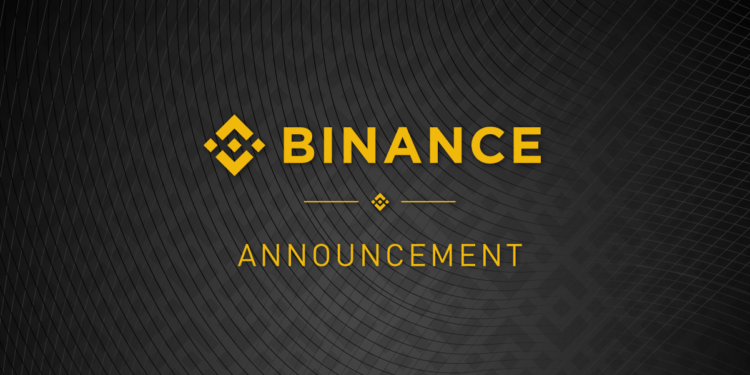Binance, the world’s largest cryptocurrency exchange by trading volume, has pulled all Australian Dollar (AUD) trading pairs amidst rising regulatory pressures and financial issues. This dramatic move follows the cancellation of Binance’s operating license in the country, a bold move taken to the increasingly scrutinized crypto market.
Binance Halts Spot Trading Pairs
The world’s premier cryptocurrency exchange, Binance, has declared the elimination of multiple trading pairs from its platform, including those linked to the Australian Dollar (AUD). This development emerges in the wake of regulatory hurdles that the exchange is facing with in Australia. Binance finds itself in the crosshairs of the Australian Securities and Investments Commission (ASIC), which is probing the exchange’s adherence to and operations within the country’s regulatory framework.
In the blog article named “Notice of Removal of Trading Pairs,” the post divulged that the subsequent spot trading pairs are set to be eliminated and halt trading at designated dates and times:
“At 2023-05-26 03:00 (UTC): APT/BRL, AMP/BTC, BEL/ETH, FIS/BRL, GAL/ETH, GMT/BRL
At 2023-05-26 05:00 (UTC): APE/AUD, AVAX/AUD, AXS/AUD, DOT/AUD, FTM/AUD, LINK/AUD, SAND/AUD, SHIB/AUD
At 2023-05-26 06:00 (UTC): GMT/GBP, JASMY/BTC, KP3R/BNB, REI/BNB, SANTOS/BRL, STMX/BTC, XTZ/BNB”
Binance made it clear that despite the changes, users could continue to trade the impacted assets through other available pairs on the platform. Furthermore, the exchange conveyed that the service of Trading Bots for the specified spot trading pairs would be discontinued on the designated dates and times.
Binance’s planned elimination of AUD trading pairs, set to commence on May 26, 2023, is perceived as a tactical maneuver by the exchange to counter the regulatory hurdles it’s facing with the country.
Binance Faces Banking Trouble And License Cancellation
Binance’s decision comes as it faces increased backlash from Australian banking institutions. The exchange has had a tumultuous relationship with traditional financial institutions, often clashing with banking regulations and operational protocols.
In a statement on social media, Binance announced that users would no longer be able to deposit Australian dollars via bank transfers due to Cuscal, their payment provider, severing access. The crypto exchange also disclosed that withdrawals would be discontinued, though it did not specify when this would occur.
Moreover, separate reports from the Australian Financial Review indicate that Westpac Banking Corp, Australia’s second-largest retail bank, prohibited its customers from engaging in transactions with Binance.
The Australian Securities and Investments Commission (ASIC) has revoked the Australian financial services license of Oztures Trading Pty Ltd, which operates under the name Binance Australia Derivatives. This action was prompted by a request from the company itself and came in response to ASIC’s ongoing “targeted review” of the exchange. The review was initiated after the exchange incorrectly classified certain retail investors as wholesale investors.
Significantly, this recnent suspension follows a severe action taken by the Australian securities regulator against Binance Australia. Reports suggest that the cancellation of the crypto exchange’s derivatives license was actually at Binance’s own request. However, the regulatory watchdog had already begun a review of Binance in February.
Over the past few months, Binance has faced an increasing degree of regulatory scrutiny. The Commodity Futures Trading Commission (CFTC) declared it had lodged a civil enforcement action against Changpeng Zhao and three entities associated with the operation of the Binance platform. The charges allege numerous infringements of the Commodity Exchange Act (CEA) and CFTC regulations.























